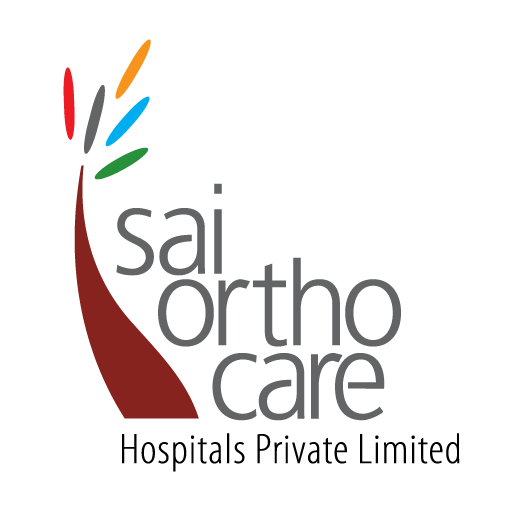Smith’s Fractures is also known as a Goyrand Fracture in French literature. Smith’s fracture is palmarly displaced distal radius fracture. It is referred to as “GARDEN SPADE” deformity. Smith’s fracture is a reversed Colles fracture.
EIPDEMOLOGY
Smith’s fracture account for less than 3% of all fractures of the radius and ulna and have a bimodal distribution: young males (most common) and elderly females.
MECHANISM
Smith’s fractures usually occur in one of the 2ways:
- A fall onto a flexed wrist
- Direct blow to the back of the wrist
SIGNS AND SYMPTOMS
- Typically acute pain in the wrist from an impact or a fall.
- Tenderness in the affected area.
- Pain is felt while moving the wrist.
- Development of swelling.
- Wrist may become deformed.
- Appearance of hand being downwards.
- Fractured may develop a cracking noise.
- Symptoms of fever few hours after injury.
CLASSIFICATION
SMITH’S FRACTURE can be broadly be classified into two types.
- NONDISPLACED FRACTURE
This is frequently called as mild fracture. The treatment for this condition is casting. Once the problem is diagnosed immediate attention must be given. The area of the fracture gets healed in few weeks.
- DISPLACED FRACTURE
This type of fracture is very severe in nature. Displaced generally leads to very serious and dangerous damage to the bone. In this condition the joint of the wrist is often displaced forward creating discomfort over the wrist while moving in some angles.
Types of SMITH’S FRACTURE classified based on the type of injury.
INVESTIGATION
- X-ray of the wrist.
- CT/MRI in rare cases
TREATMENT
Smith’s Fractures can be treated with manipulation and reduction.
- NONSURGICAL TREATMENT:
Conservatives measures involve closed reduction with use of local anesthesia and then casting of hand to thumb. It takes about 10 weeks for complete recovery, which involves period of immobilization for about a month and then splinting for 6 weeks.
- SURGICAL TREATMENT
Surgery is needed in majority of cases with Smiths Fracture as the deformity
cannot be treated with nonsurgical means. This method is termed as OPEN
REDUCTION.
This is done by creating an incision for interpretation of fracture and to get
it back to its normal place. This at times requires pins, screws, etc for
fixation.
PHYSIOTHERAPY
This is essential for everyone for appropriate healing and normalizes function of wrist and hand can include:
- Joint mobilization.
- Soft tissue massages.
- Electrotherapy.
- Ice and heat.
- Therapy focusing on improving the strength.
- Activity modifications.
- Attempts at returning to activity.
SCOLIOSIS
Posted on: September 10th, 2016 by admin No Comments
Scoliosis is a lateral (toward the side) curvature in the normally straight vertical line of the spine. When viewed from the side, the spine should show a mild roundness in the upper back and shows a degree of swayback (inward curvature) in the lower back. When a person with a normal spine is viewed from the front or back, the spine appears to be straight. When a person with scoliosis is viewed from the front or back, the spine appears to be curved.
What Causes Scoliosis?
There are many types and causes of scoliosis, including:
- Congenital Scoliosis. Caused by a bone abnormality present at birth.
- Neuromuscular Scoliosis. A result of abnormal muscles or nerves. Frequently seen in people with spina bifida or cerebral palsy or in those with various conditions that are accompanied by, or result in, paralysis.
- Degenerative Scoliosis. This may result from traumatic (from an injury or illness) bone collapse, previous major back surgery, osteoporosis (thinning of the bones).
- Idiopathic Scoliosis. The most common type of scoliosis, idiopathic scoliosis, has no specific identifiable cause. There are many theories, but none have been found to be conclusive. There is, however, strong evidence that idiopathic scoliosis is inherited.
Who Gets Scoliosis?
Approximately 2% to 3% of Americans at age 16 have scoliosis. Less than 0.1% have spinal curves measuring greater than 40 degrees, which is the point at which surgery becomes a consideration. Overall, girls are more likely to be affected than boys. Idiopathic scoliosis is most commonly a condition of adolescence affecting those ages 10 through 16. Idiopathic scoliosis may progress during the “growth spurt” years, but usually will not progress during adulthood.
How is Scoliosis Diagnosed?
Most scoliosis curves are initially detected on school screening exams, by a child’s pediatrician or family doctor, or by a parent. Some clues that a child may have scoliosis include uneven shoulders, a prominent shoulder blade, uneven waist, or leaning to one side. The diagnosis of scoliosis and the determination of the type of scoliosis are then made by a careful bone exam and an X-ray to evaluate the magnitude of the curve.
What is the treatment for Scoliosis?
The majority of adolescents with significant scoliosis with no known cause are observed at regular intervals (usually every four months to six months), including a physical exam and a low-radiation X-ray.
Treatments for Scoliosis Include:
Braces
Bracing is the usual treatment choice for
adolescents who have a spinal curve between 25 degrees to 40 degrees —
particularly if their bones are still maturing and if they have at least 2 years
of growth remaining.
The purpose of bracing is to halt progression of the curve. It may provide a
temporary correction, but usually the curve will assume its original magnitude
when bracing is eliminated.
Surgery
Those who have curves beyond 40 degrees to 50 degrees are often considered for scoliosis surgery. The goal is to make sure the curve does not get worse, but surgery does not perfectly straighten the spine. During the procedure, metallic implants are utilized to correct some of the curvature and hold it in the correct position until a bone graft, placed at the time of surgery, consolidates and creates a rigid fusion in the area of the curve. Scoliosis surgery usually involves joining the vertebrae together permanently– called spinal fusion.
